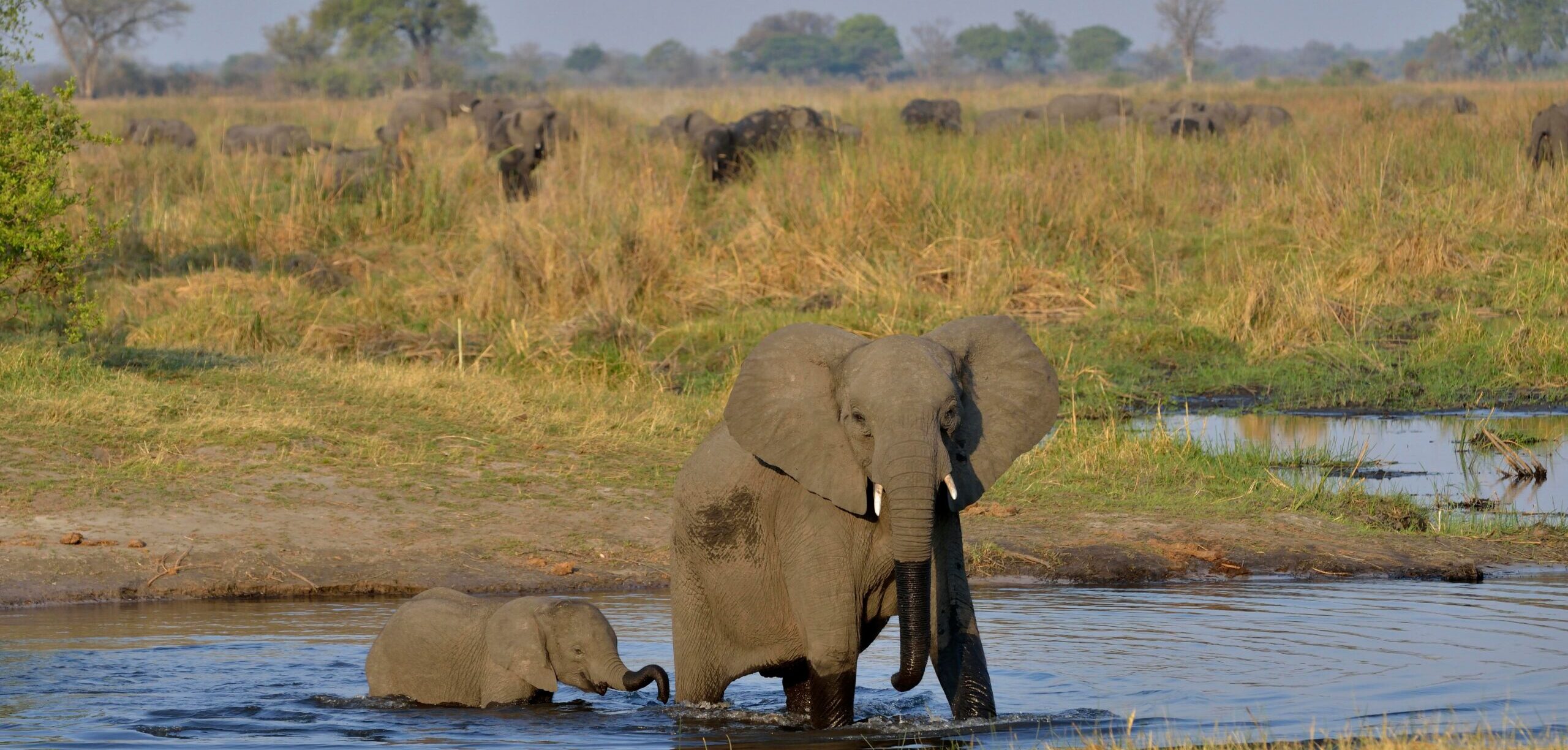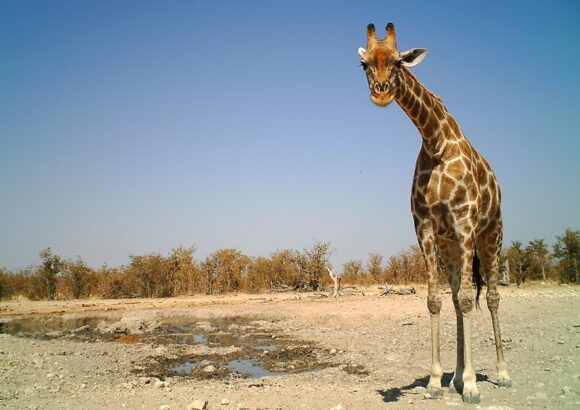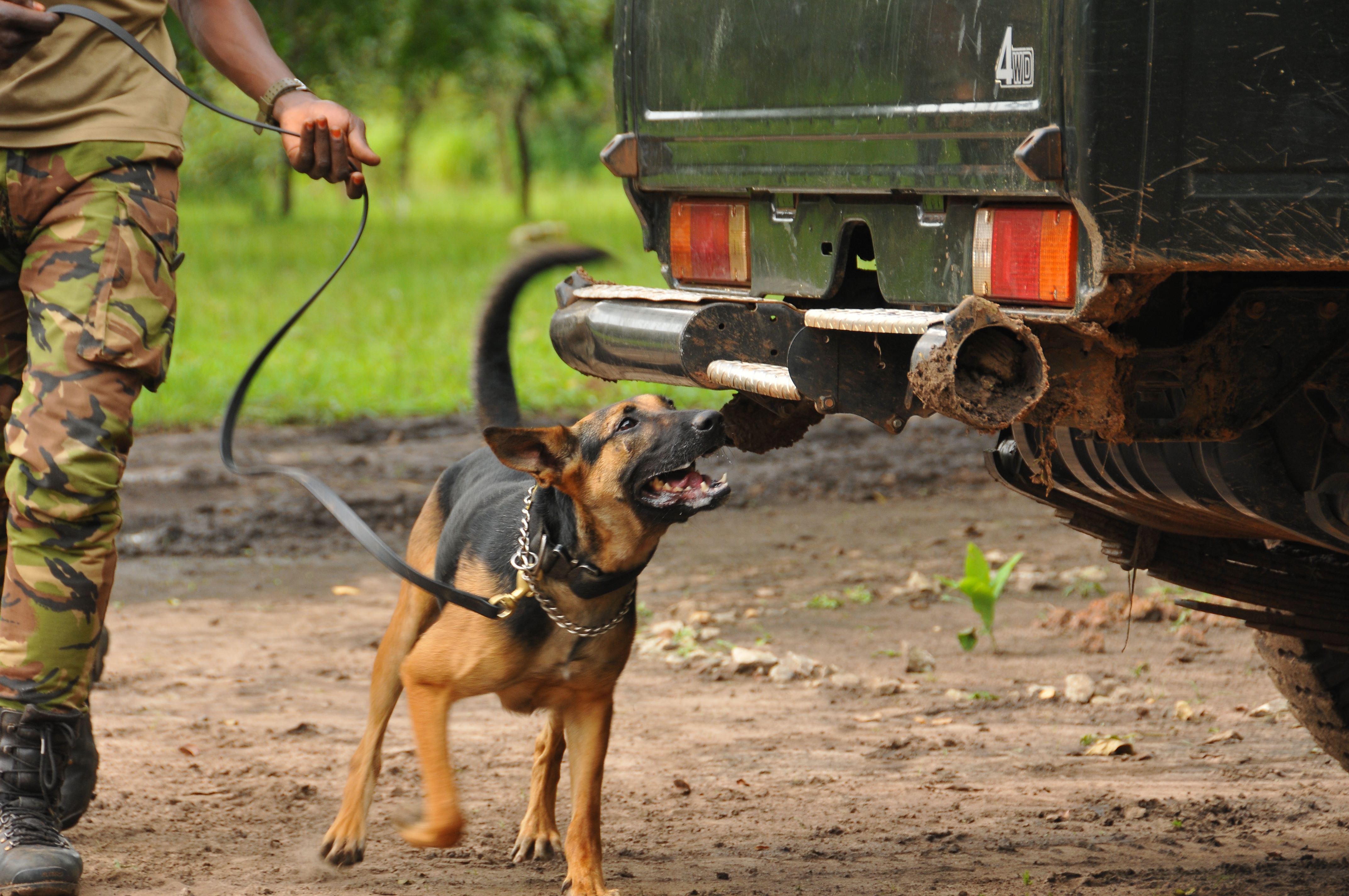Namibia
From the iconic, towering dunes of Sossusvlei to the wildlife-rich plains of Etosha National Park, Namibia’s dramatic scenery is bound to impress. Venture to the wild Skeleton Coast, where the relentless Atlantic waves meet the desolate Namib desert, creating a stark contrast found nowhere else on earth. Or explore the petrified forests of Damaraland, where ancient landscapes captivate the imagination.
The country’s well-maintained road network is ideal for self-drive adventures in a 4×4, allowing visitors the freedom to explore at their own pace. For those seeking a more exclusive experience, an extensive network of domestic flights provides easy access, including to some of Namibia’s most remote areas.
While a journey to Namibia is predominantly about its stunning landscapes, the country is also a sanctuary for wildlife, including desert-adapted elephants and rhinos. Encounters with the indigenous Himba, known for their distinctive traditions and appearance, add a rich cultural dimension to any visit.
A wild and rugged land.
namibia JOURNEY INSPIRATION
Our travel network specialises in tailormade holidays. Below you’ll find some examples, with price guide, using destinations and camps/lodges which we think work well together. There are many combinations possible so this is just to give you some initial ideas.
When you are ready to explore options more fully, please do complete an enquiry form – we can then put you in touch directly with the relevant specialist partner team. In discussion with you, they will tailor an itinerary based around your interests and your budget.
 Days 4-5: Villa Margherita, Swakopmund
Days 4-5: Villa Margherita, Swakopmund
Today, drive to the Skeleton Coast and the charming town of Swakopmund. Enjoy a variety of adrenaline activities, or take a boat trip to Walvis Bay to visit the seal colonies.
 Days 6-7: Mowani Mountain Camp, Damaraland
Days 6-7: Mowani Mountain Camp, Damaraland
Today, drive to the stunning but arid landscape of Damaraland. During your stay at Mowani Mountain Camp, participate in inclusive activities to explore the area’s unique wildlife. The Torra Conservancy is home to healthy populations of rare desert-adapted elephants and endangered desert-adapted black rhinos. You may also spot oryx, kudu, springbok, Hartmann’s mountain zebra, southern giraffe, lion, cheetah, and both spotted and brown hyenas. Birdwatching is excellent here, with over 240 species recorded. Enjoy the incredible biodiversity and breathtaking scenery of Damaraland.
 Days 8-10: Ongava Tented Camp, Etosha
Days 8-10: Ongava Tented Camp, Etosha
Today, drive to Ongava Private Game Reserve, which shares a common border with Etosha National Park, Namibia’s premier game-viewing destination. During your stay at Ongava Tented Camp, enjoy early morning and late afternoon game drives into Etosha National Park. Additionally, take advantage of the opportunity to view the diverse wildlife species present around the lodge grounds. This area is renowned for its excellent game viewing, offering an unforgettable safari experience.
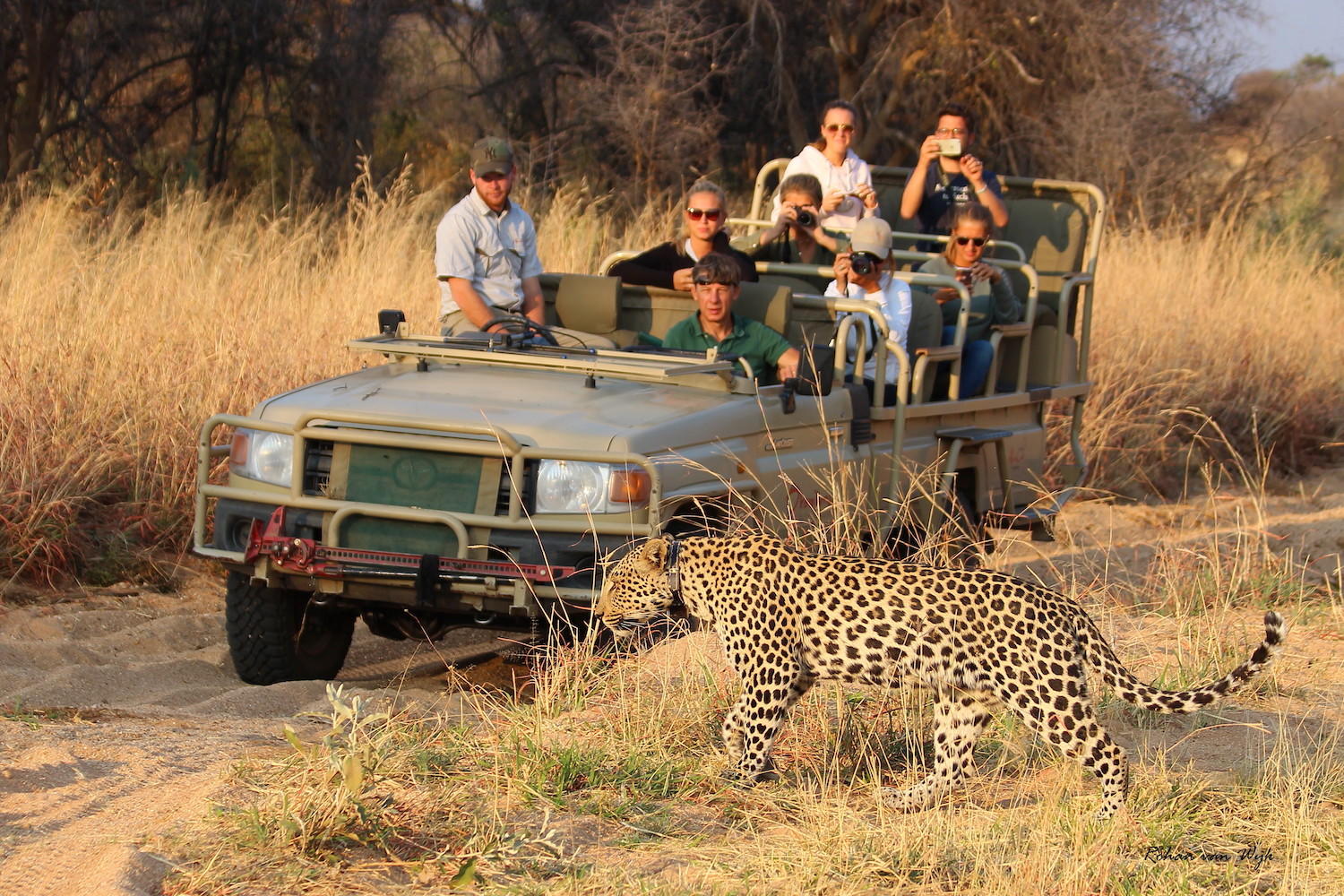 Days 11-12: Okonjima, Okonjima Nature Reserve
Days 11-12: Okonjima, Okonjima Nature Reserve
Today, drive to Okonjima Nature Reserve, nestled among the Omboroko Mountains. This reserve is home to the AfriCat Foundation, dedicated to the conservation of Namibia’s large carnivores. Spend your days exploring the area and learning about the foundation’s work with cheetahs, leopards, and other wildlife.
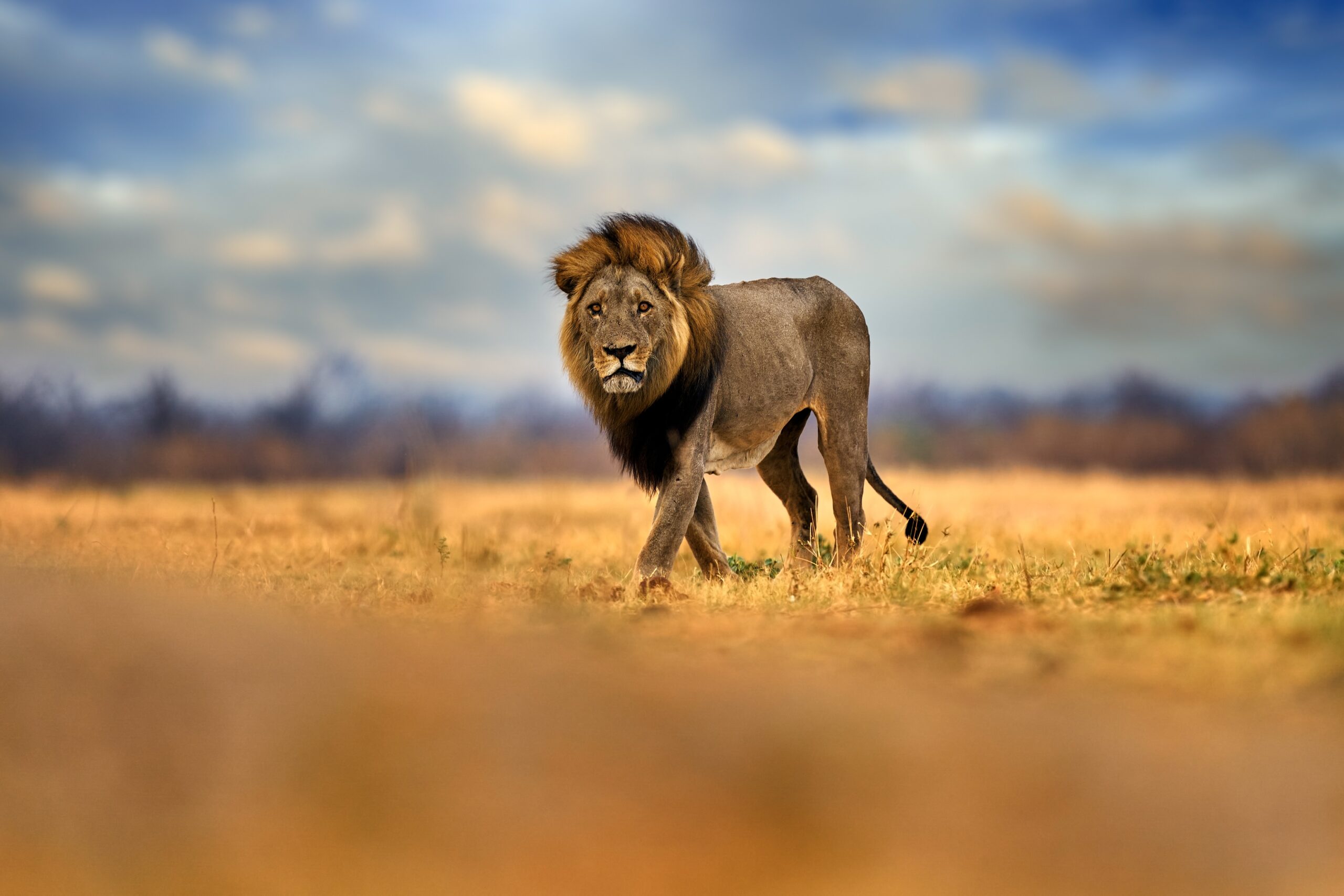 Day 13: End of Arrangements
Day 13: End of Arrangements
Self-drive back to Windhoek’s Hosea Kutako International Airport and return your hire car to the depot. Proceed to check-in for your flight, marking the end of your memorable Namibian adventure.
PRICE GUIDE
Per person sharing: from £6,975 (based on mid season)
- This itinerary is available year-round. The optimum times are likely to be June – September.
- This trip starts and ends in Windhoek.
INCLUDES
- All domestic flights, transfers and departure taxes
- Car hire
- Driving instructions/cool box
- Accommodation as detailed
International Flights Our partners can book international flights for you as required.
PRICE GUIDE
Per person sharing: from £14,825 (based on mid season)
- This itinerary is available year-round. The optimum times are likely to be June – September.
- This trip starts and end in Windhoek.
INCLUDES
- All domestic flights, transfers and departure taxes
- Park & conservancy fees
- Accommodation as detailed (on a B&B board at The Olive Exclusive and Strand Hotels; full board with house drinks everywhere else)
International Flights Our partners can book international flights for you as required.
namibia GUIDE
You’ll find a short guide to Namibia below.
To start planning a trip to Namibia please contact us via the Enquiry Form, by email on info@realworldconservation.org.uk or on 01692 218189.
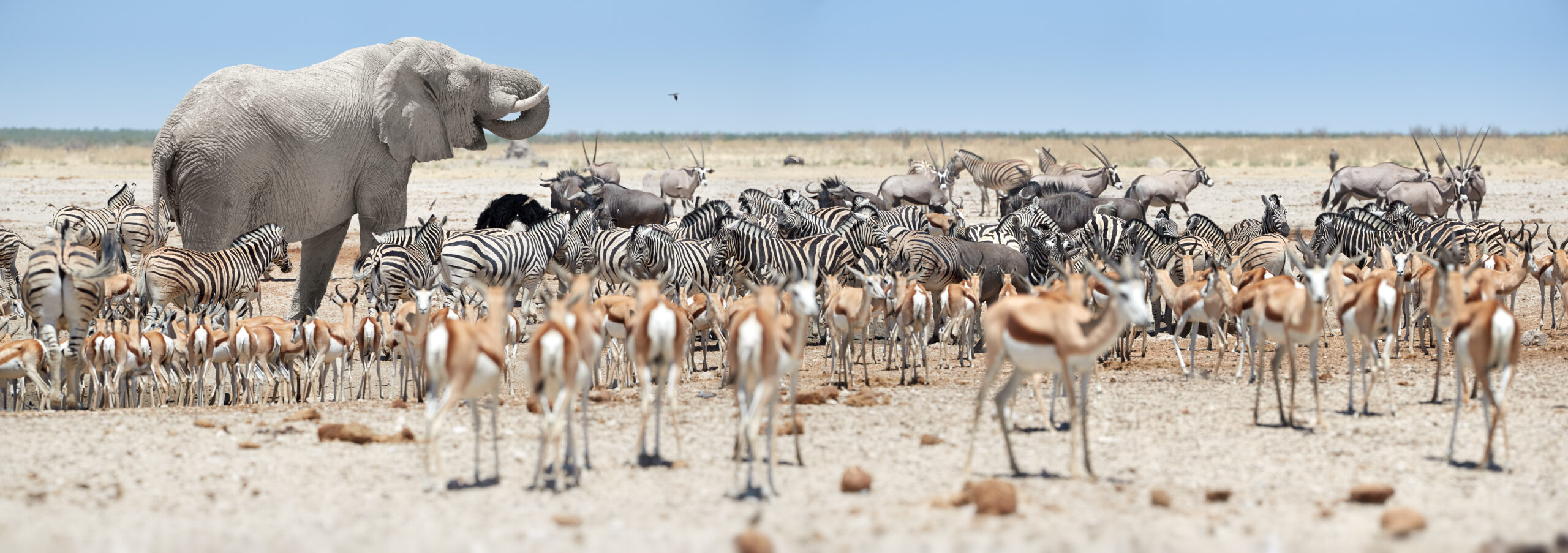
Etosha National Park covers over 22,000 square kilometres. It was established as a game reserve in 1907 by German Governor von Lindequist. The park’s focal point is the Etosha Pan, a vast, flat depression spanning approximately 5,000 square kilometres. The name “Etosha” means “great white place,” aptly describing the pan’s expansive, shimmering white surface that creates stunning mirages.
Biodiversity
Etosha is home to a remarkable variety of wildlife, including over 100 species of mammals, 342 bird species, and 110 reptile species. The park is renowned for its large populations of elephants, giraffes, rhinos, and lions, as well as numerous grazing animals. Despite the rich diversity of fauna, only one species of fish is found here due to the park’s unique environmental conditions.
Geological History
The Etosha Pan is part of the greater Kalahari Basin, which formed over 950 million years ago. Around 2 million years ago, it was a lake fed by the Kunene River. Over time, the river’s course changed, causing the lake to dry up and leaving behind a salt and clay floor. During periods of heavy rain, the pan can fill with water, attracting thousands of wading birds, including flamingos. However, the primary attraction for wildlife is the network of natural springs surrounding the pan.
Best Time to Visit
The optimal time to visit Etosha is from May to September, when the weather is cooler. During these months, the wildlife congregates around the waterholes, making for excellent game viewing. By October, the park becomes extremely hot and dry, resembling a dusty bowl, although wildlife densities remain impressive.
Due to the nature of wildlife viewing in Etosha – around the waterholes – you can expect it to be very busy, particularly at peak times.
Accommodation
Etosha offers a range of accommodation options. Within the park itself, there are three basic rest camps and a luxury lodge operated by a government department. There are further luxury camps and lodges beyond the park on the eastern boundary in their own private concessions. On the southern boundary by the Andersson Gate is the Ongava Private Game Reserve which we include in the Classic Namibia itinerary.
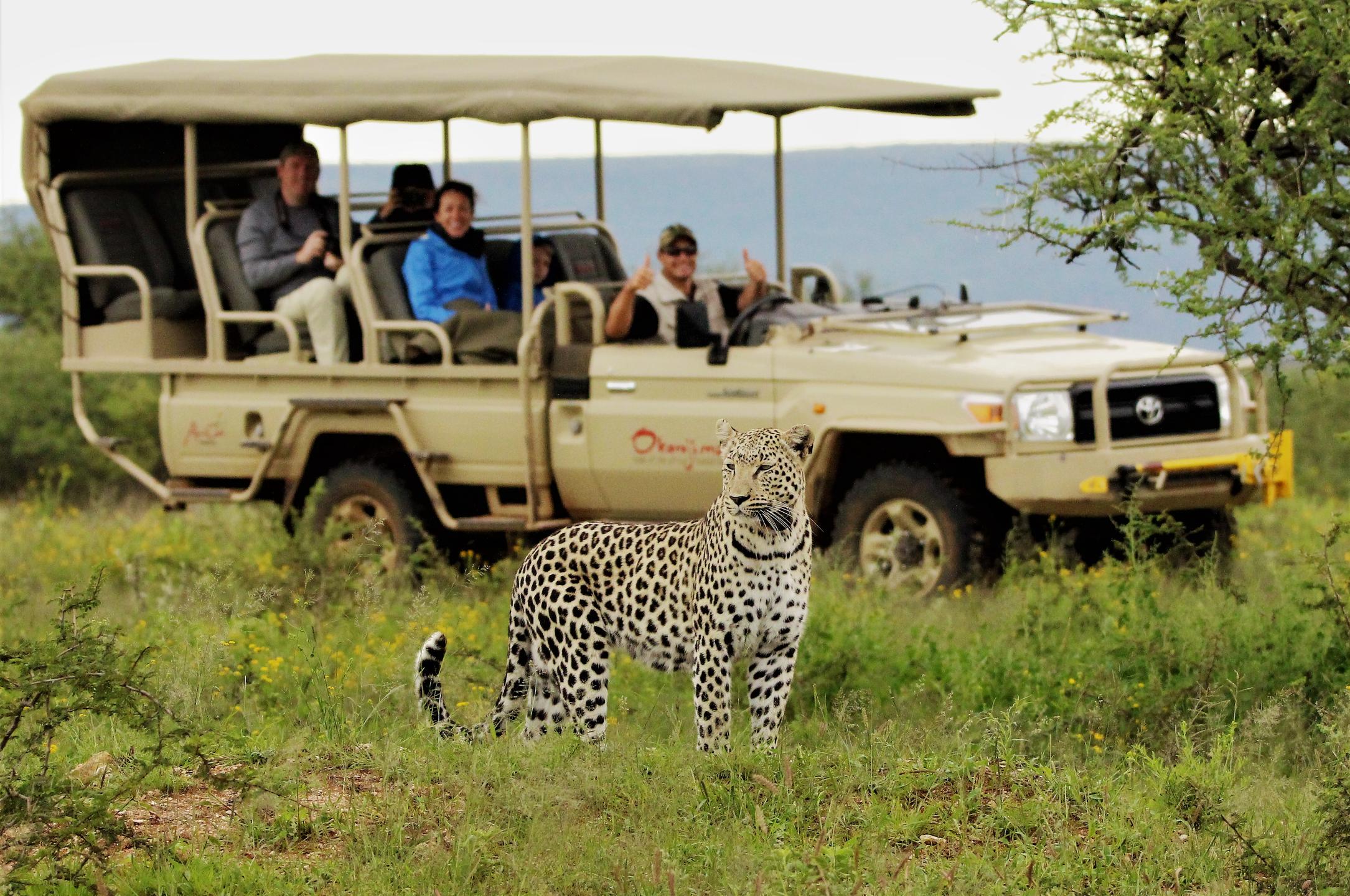 Located in central Namibia, the Waterberg Plateau rises dramatically from the surrounding plains. Known for its stunning red sandstone cliffs and lush greenery, it serves as a natural haven for wildlife and a favorite spot for nature enthusiasts.
Located in central Namibia, the Waterberg Plateau rises dramatically from the surrounding plains. Known for its stunning red sandstone cliffs and lush greenery, it serves as a natural haven for wildlife and a favorite spot for nature enthusiasts.
The plateau is frequently used as a stopover between Windhoek and Etosha National Park. It offers excellent walking trails, allowing visitors to explore its unique landscapes and diverse flora and fauna. Nearby, Okonjima is home to the AfriCat Foundation, which is dedicated to the conservation of Namibia’s large carnivores. Additionally, the Erongo Mountains, with their picturesque walking trails, enhance the region’s appeal for hikers and nature lovers.

The Namib Desert, part of the vast Namib-Naukluft Park, is the largest nature reserve in Africa, covering an area comparable to a small country. This dramatic landscape stretches nearly 500 km along Namibia’s coastline and extends almost 100 km inland, encompassing some of the most iconic desert scenery in the world. You can’t come to Namibia without experiencing the desert! The park is flanked by Kulala Private Conservancy and the vast Namib-Rand Nature Reserve.
Sossusvlei: The Heart of the Dune Sea
Sossusvlei is the crown jewel of the Namib Desert, renowned for its towering sand dunes that can reach up to 300 meters high. These dunes, often referred to as star dunes due to their multi-armed shape, display a stunning array of colours, from pale apricot to deep reds and oranges, especially when seen from the air. The ancient, nearly circular dry pan of Sossusvlei is surrounded by these majestic dunes, offering some of the most spectacular desert vistas imaginable.
One of the most intriguing features within Sossusvlei is Deadvlei, a clay pan characterized by its stark, cracked floor and skeletal trees that have stood lifeless for centuries. This area offers a hauntingly beautiful contrast to the vibrant dunes and is a must-see for any visitor.
Sesriem Canyon: A Hidden Gem
Not far from Sossusvlei lies Sesriem Canyon, a natural gorge carved by the Tsauchab River. This canyon provides a cooler, sheltered environment where visitors can explore the rock formations and, in some areas, find natural pools that offer a refreshing respite from the desert heat. The canyon’s name, “Sesriem,” refers to the six lengths of rawhide rope once needed to draw water from its depths.
Wildlife and Ecology
Despite the harsh conditions, the Namib Desert is home to a variety of wildlife adapted to the arid environment. Oryx, springbok, and ostriches can often be seen feeding on sparse vegetation along dry watercourses. During rare periods of good rainfall, the Tsauchab River flows into the pans, attracting water birds and transforming the area into a temporary haven of life. Nearly 200 bird species have adapted to the desert’s challenging conditions, making the region a surprising hotspot for birdwatching.
Visiting the Namib Desert
The best way to experience Sossusvlei and Sesriem Canyon is through guided tours, often arranged by lodges in the area. This allows visitors to fully appreciate the region’s unique landscapes and learn about its fascinating ecology and geology.
A visit to the Namib Desert promises not only incredible scenery but also unforgettable night skies, where the stars shine brighter than almost anywhere else on Earth. This isolated, awe-inspiring region is a highlight of any trip to Namibia and an essential destination for those seeking the ultimate desert experience.
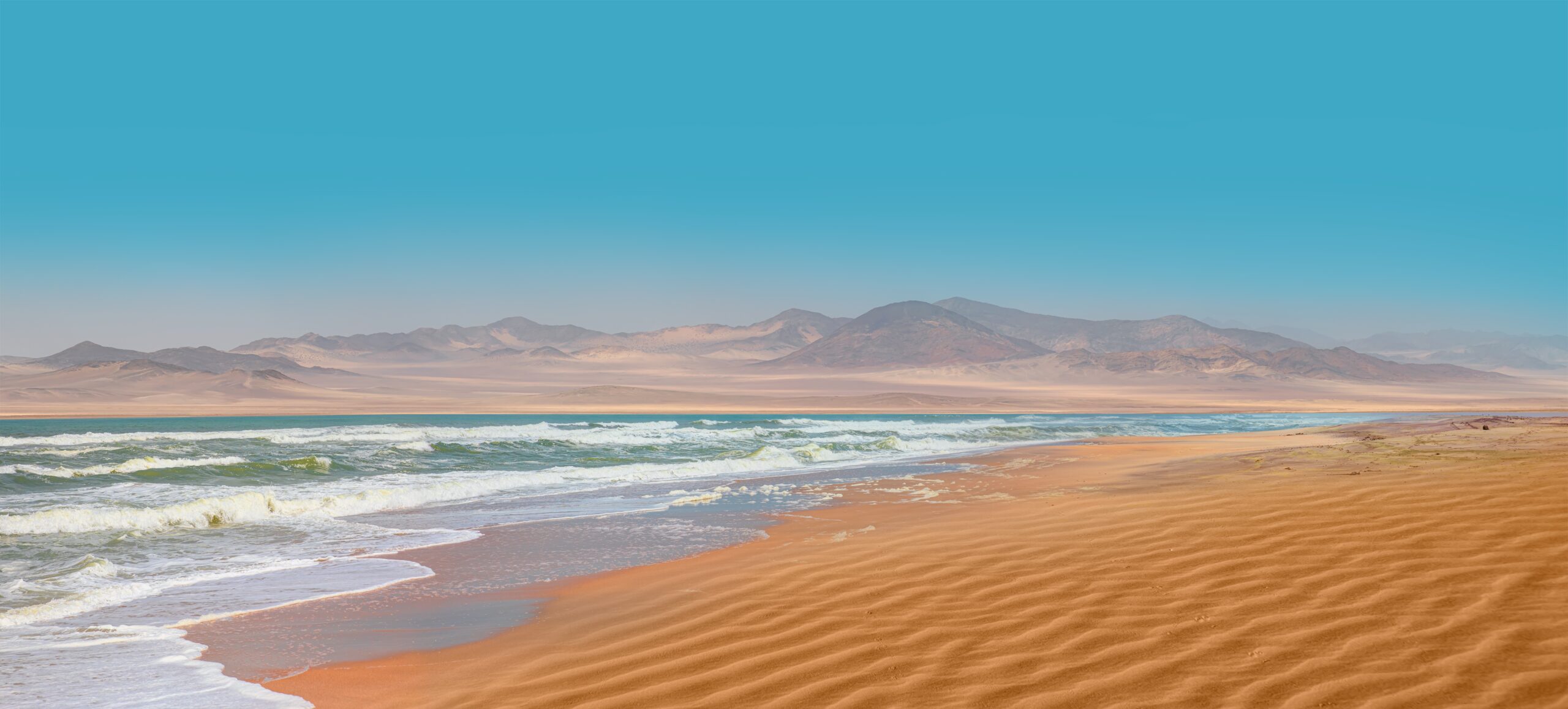
Swakopmund, Namibia’s premier seaside resort, offers a unique blend of coastal charm and historical character. With a population of about 38,000, the town’s German colonial architecture and cool sea breeze provide a pleasant contrast to the surrounding Namib Desert.
Swakopmund is the perfect stopover between the Namib Desert and Damaraland. Its quaint atmosphere, with palm-lined walkways and beautifully tended gardens, invites relaxation. Here, visitors can enjoy the best of both worlds: the natural attractions of the desert and the comfort of Swakopmund’s hotels, bars, and restaurants. The town’s proximity to the Skeleton Coast offers unique attractions – see the eerie shipwrecks and visit seal colonies. Additionally, nearby desert adventures include exploring the Moon Landscape and engaging in extreme sports on the towering dunes.
Walvis Bay, located just south of Swakopmund, is renowned for its rich marine biodiversity. Cruises offer the chance to see dolphins, seals, and, during whale season, various species of whales. Kayak tours to Pelican Point provide intimate encounters with large colonies of Cape Fur seals and other wildlife.
The wild north-west of Namibia comprises the Skeleton Coast, famous for its rugged beauty and numerous shipwrecks. Visitors can explore seal colonies, listen to the crashing Atlantic waves, and witness the stark, dramatic landscapes that characterize this remote coastline.
Beyond that lies the remote wilderness of Kaokoland. Known for its mountainous terrain and unique Himba culture, the region is home to desert-adapted elephants and other wildlife, making it a fascinating destination for adventurous travellers.
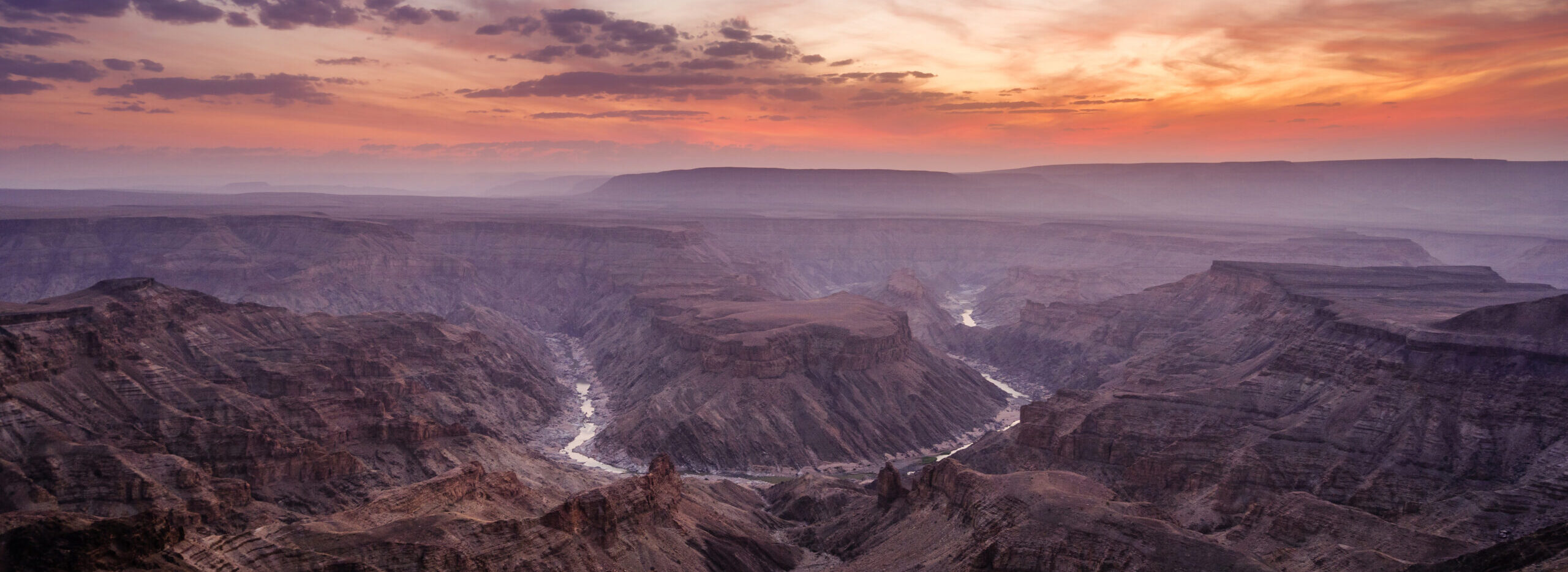
Fish River Canyon, located in southern Namibia, is one of the largest canyons in the world. It’s a spectacular place to explore for those with the time to travel to the far south. Walking in the canyon itself can be tough work. Many prefer to stick to the sundowner trails around the rim, enjoying spectacular views, and a cold glass of something…
Fish River Lodge offers glorious views from its deck, providing a perfect vantage point from morning to midnight. The lodge is known for its spectacular stargazing opportunities, with some of the clearest night skies in the world.
Wildlife and Ecosystem
A visit here is more about the scenery but the canyon does support a diverse range of wildlife, adapted to its harsh, arid environment.
Black eagles soar on thermal updrafts, while fascinating desert-adapted plants thrive in this unique ecosystem. The remote valleys and side canyons are home to rare mountain zebras, elusive klipspringers, oryx, and kudu. Along the permanent pools of the Fish River, you can find Cape clawless otters, fish eagles, and other water-loving species.
Geology and Archaeology
The area is rich with ancient pictoglyph sites and Stone Age tools, offering a glimpse into the lives of early inhabitants who sought refuge at the canyon’s permanent waterholes thousands of years ago.
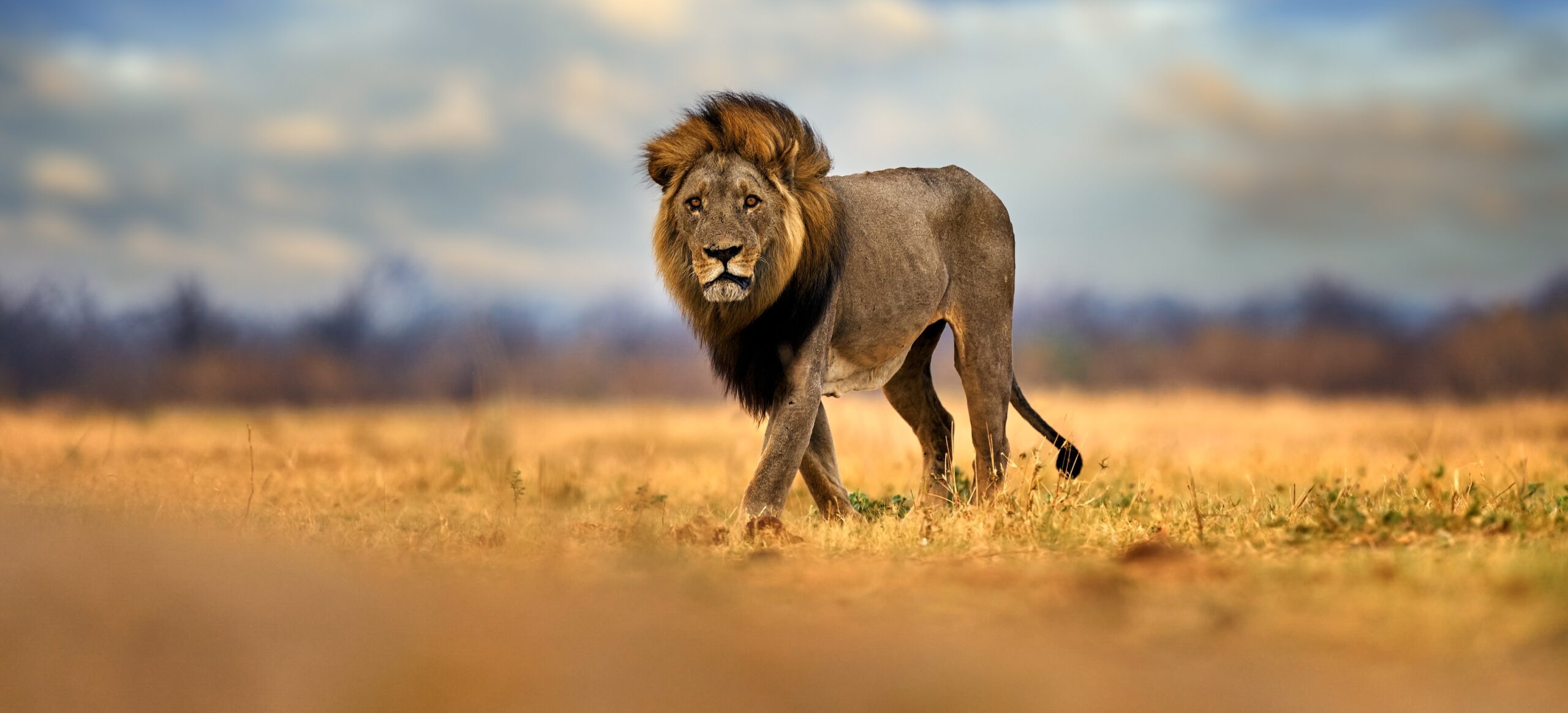
The Kalahari, a vast savanna spanning 900,000 square kilometers across Botswana, South Africa, and Namibia, offers a rich and varied ecosystem in stark contrast to the Namib Desert. Despite its name meaning “great thirst,” it supports diverse wildlife thanks to rainfall ranging from 110 to over 500 millimetres annually.
Wildlife and Landscape
The Kalahari’s grasslands and acacia-dotted plains are home to meerkats, porcupines, bat-eared foxes, oryx, ostriches, wildebeest, and zebras. Its dry riverbeds attract antelope, elephants, giraffes, and sometimes cheetahs. The region features striking red sand dunes, especially in the Southern Kalahari, where the valleys between dunes are called “streets.”
Cultural and Historical Significance
The San people have lived here as hunter-gatherers for over 20,000 years. Their deep connection with the land adds a rich cultural dimension to the Kalahari experience.
Visiting the Kalahari
Bagatelle Kalahari Game Ranch, south of Windhoek, offers beautiful dune landscapes and a range of activities to explore the savanna and observe its unique wildlife. It works well as a stopover for those heading further south to the Fish River Canyon area,
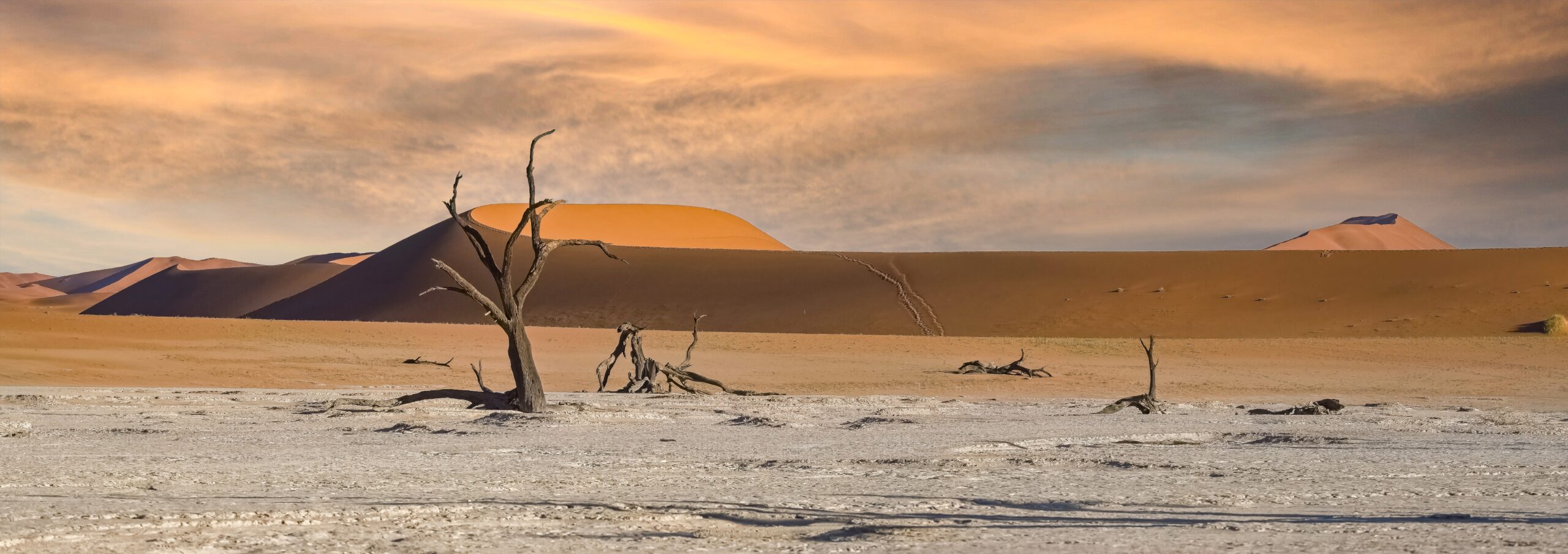
January – March
The wet season brings occasional rains, creating lush green landscapes. Although showers are brief, they rejuvenate the land, making it a great time for birdwatching, with migratory birds flocking to the region. This period is also ideal for photography, with dramatic skies and vibrant vegetation.
April – May
This is a transitional period with clear skies and pleasant temperatures, making it perfect for photographers. The recent rains clear the dust, enhancing the contrast and colors of the landscapes. It’s a quieter time with fewer tourists, except around Easter.
June – September
These months are peak travel times for Namibia. Wildlife congregates around water sources, especially in Etosha National Park, offering excellent game viewing. Early June offers good deals before the high season. It’s also a great time for hiking in the Fish River Canyon, Naukluft Mountains, and other trails.
October – December
October sees the greatest concentration of animals gathering at Etosha’s waterholes – it can be very hot and dusty. Whale watching is also possible in Namibia at this time of year, with sightings of humpbacks, southern right whales, and dolphins off the coast. The end of November and December sees the arrival of baby animals and an increase in activity at the Cape Fur seal colonies.


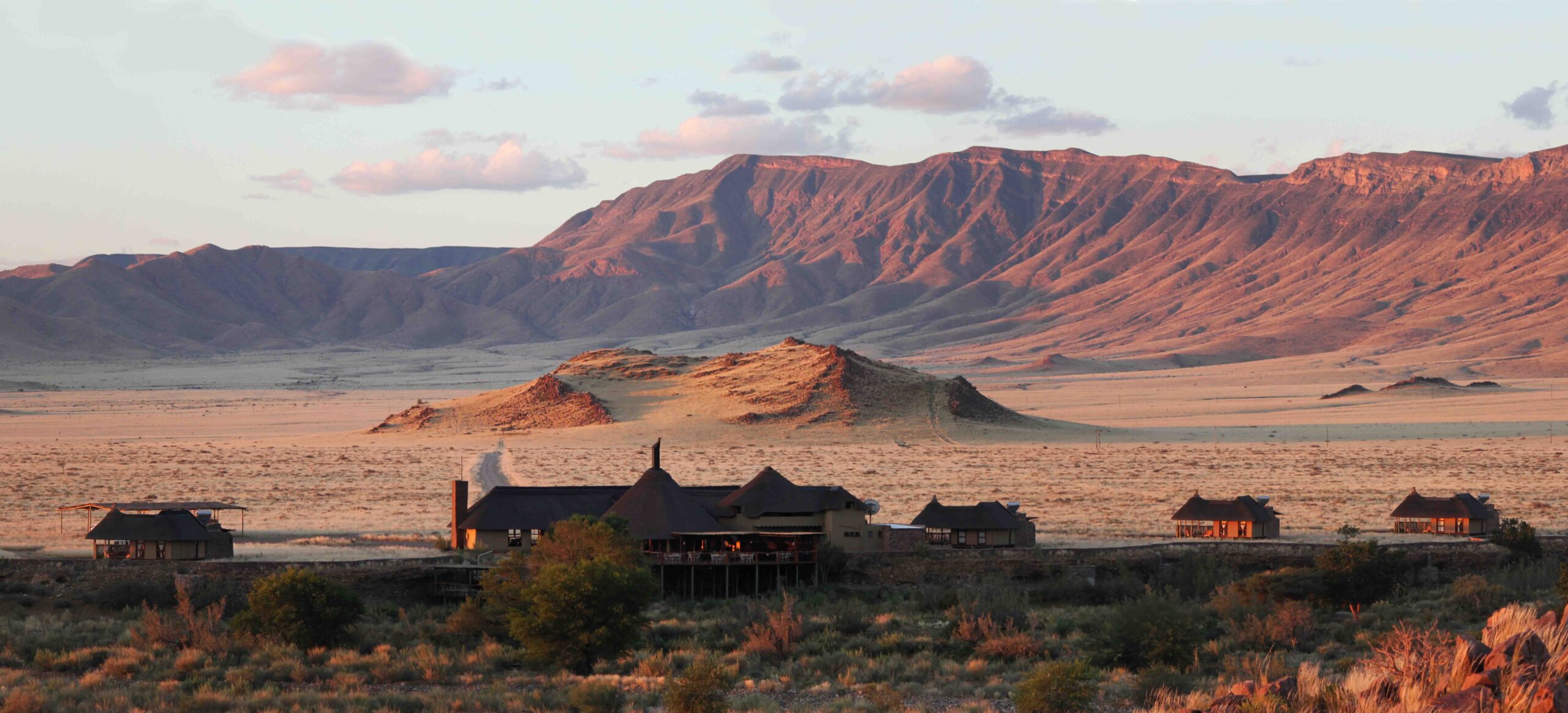 Experience Namibia’s highlights on this classic self-drive holiday. Explore the stunning sand dunes of Sossusvlei and the prehistoric rock art at the World Heritage Site of Twyfelfontein. Visit Etosha National Park for exceptional wildlife viewing and Okonjima Nature Reserve, home of the AfriCat Foundation, dedicated to the conservation of Namibia’s large carnivores. This journey offers a perfect blend of natural wonders, cultural heritage, and wildlife encounters.
Experience Namibia’s highlights on this classic self-drive holiday. Explore the stunning sand dunes of Sossusvlei and the prehistoric rock art at the World Heritage Site of Twyfelfontein. Visit Etosha National Park for exceptional wildlife viewing and Okonjima Nature Reserve, home of the AfriCat Foundation, dedicated to the conservation of Namibia’s large carnivores. This journey offers a perfect blend of natural wonders, cultural heritage, and wildlife encounters. Day 1: Olive Grove Guesthouse, Windhoek
Day 1: Olive Grove Guesthouse, Windhoek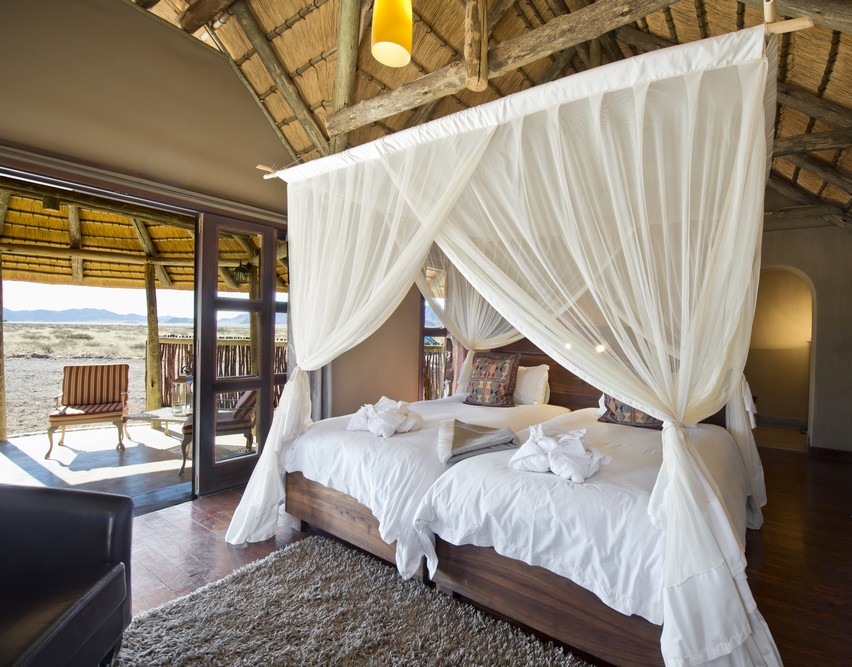 Days 2-3: Hoodia Desert Lodge, Namib-Naukluft National Park
Days 2-3: Hoodia Desert Lodge, Namib-Naukluft National Park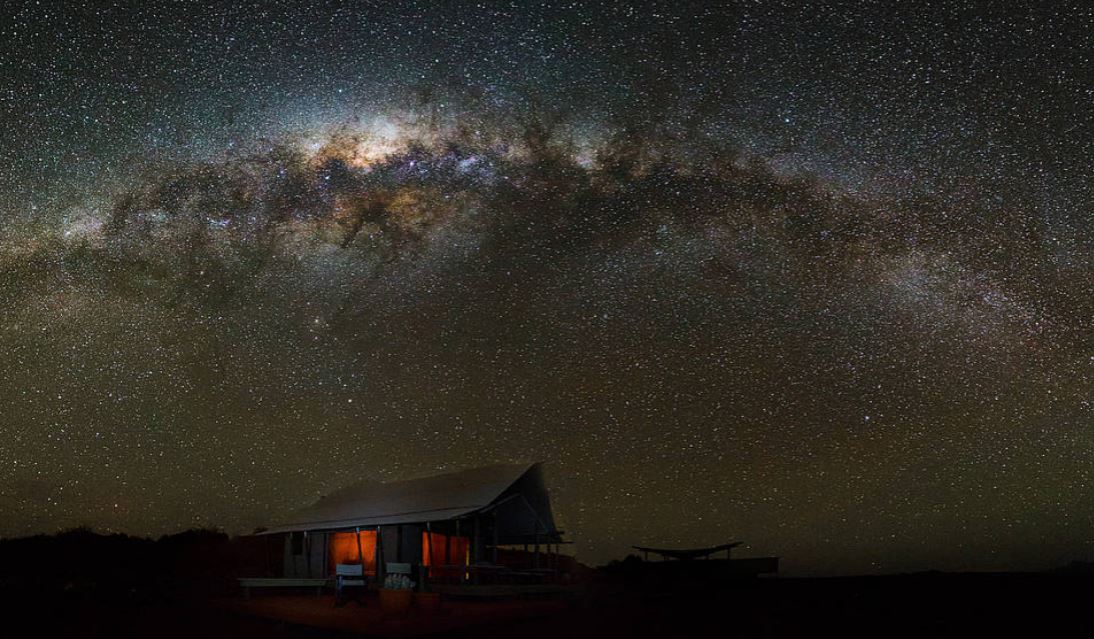 Experience breathtaking scenery on this Ultimate Namibia Safari. Handpicked accommodations ensure comfort and elegance throughout your journey. You will explore the incredible sand dunes of Sossusvlei, renowned for their striking beauty and impressive size. Discover the enchanting Skeleton Coast, famous for its stunning sunsets and unique landscapes. Flying between destinations reduces travel time and offers unparalleled aerial views of Namibia’s diverse terrain, making your journey as captivating as your destinations.
Experience breathtaking scenery on this Ultimate Namibia Safari. Handpicked accommodations ensure comfort and elegance throughout your journey. You will explore the incredible sand dunes of Sossusvlei, renowned for their striking beauty and impressive size. Discover the enchanting Skeleton Coast, famous for its stunning sunsets and unique landscapes. Flying between destinations reduces travel time and offers unparalleled aerial views of Namibia’s diverse terrain, making your journey as captivating as your destinations. Day 1: Windhoek – The Olive Exclusive All-Suite Hotel
Day 1: Windhoek – The Olive Exclusive All-Suite Hotel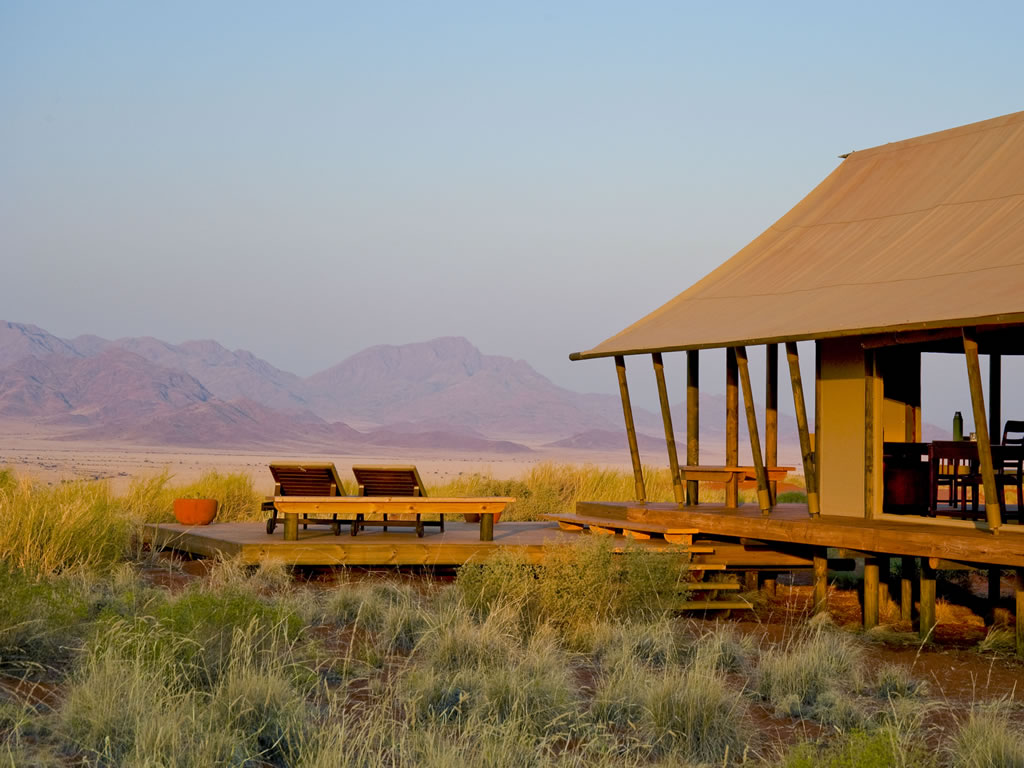 Days 2-3: Wolwedans Dune Camp, NamibRand Nature Reserve
Days 2-3: Wolwedans Dune Camp, NamibRand Nature Reserve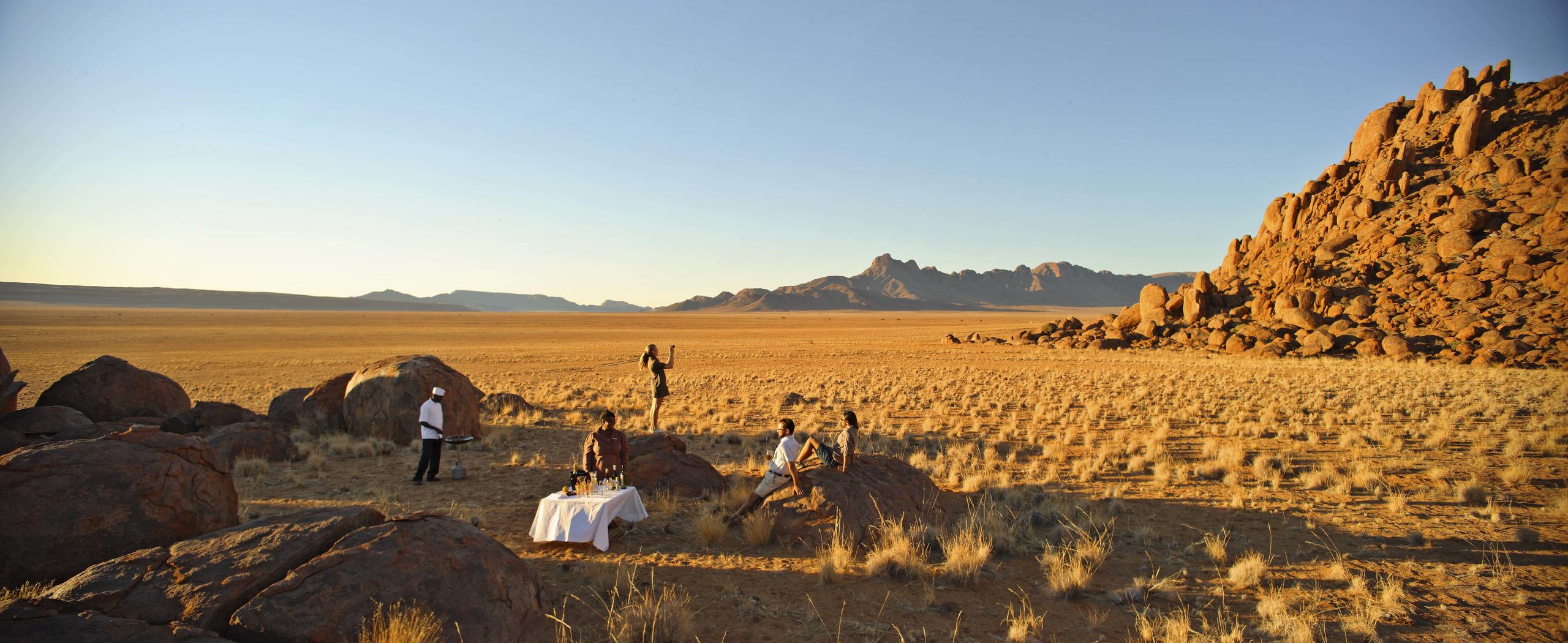 Days 4-5: AndBeyond Sossusvlei Desert Lodge, Sossusvlei
Days 4-5: AndBeyond Sossusvlei Desert Lodge, Sossusvlei Days 6-7: Strand Hotel, Swakopmund
Days 6-7: Strand Hotel, Swakopmund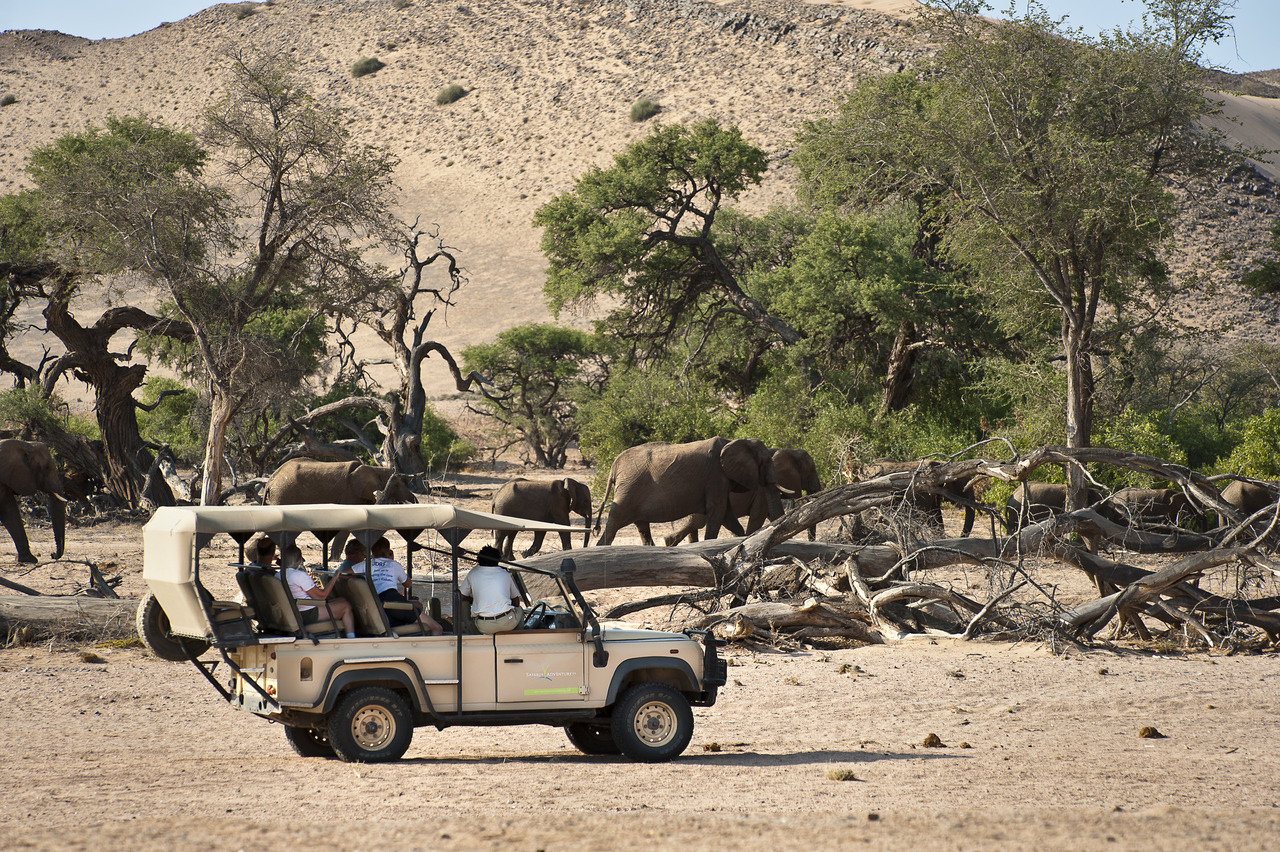 Days 8-9: Damaraland Camp, Damaraland
Days 8-9: Damaraland Camp, Damaraland Days 10-11: Hoanib Skeleton Coast Camp, Skeleton Coast
Days 10-11: Hoanib Skeleton Coast Camp, Skeleton Coast Damaraland, located in northwestern Namibia, is a region of striking natural beauty and rich cultural heritage. Known for its dramatic landscapes and ancient rock art, Damaraland offers a unique blend of adventure and history.
Damaraland, located in northwestern Namibia, is a region of striking natural beauty and rich cultural heritage. Known for its dramatic landscapes and ancient rock art, Damaraland offers a unique blend of adventure and history.